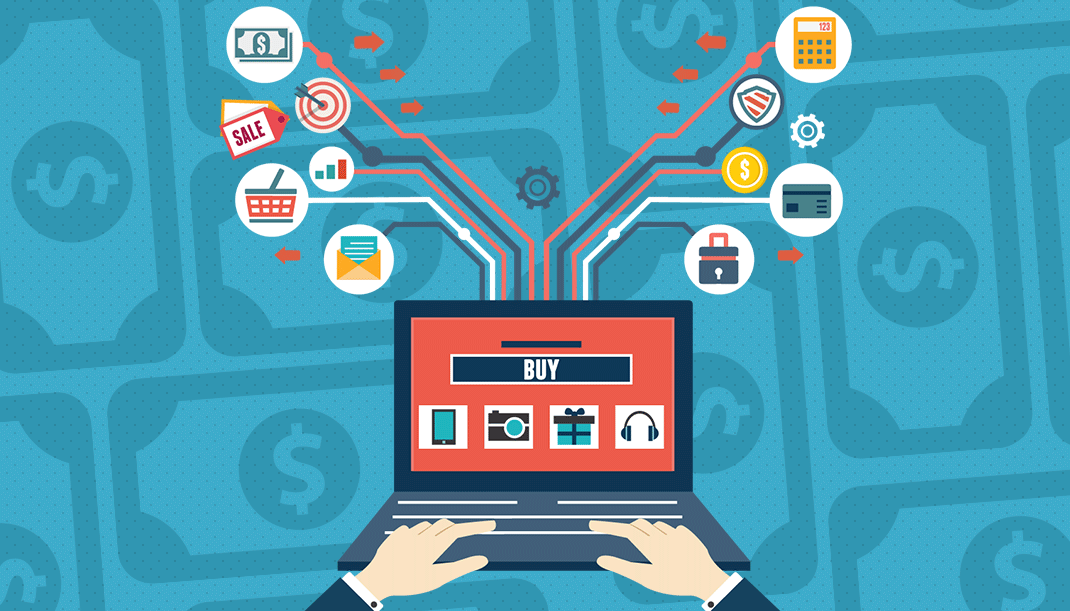Mobile and Online Transactions to Reach 125 Billion Annually by 2018, Driven in Part by “Commuter Commerce”
Before smartphones and the Internet became a ubiquitous part of life, most commuters would spend their mornings reading newspapers or daydreaming. However, the rise of 4G connectivity on public transport, increasingly sophisticated smartphones, and Wi-Fi have changed the habits of commuters around the world.
Research over the last five years indicates that commuters are filling their empty moments during commutes to and from the workplace by browsing products online, comparing prices across competitor websites, and completing transactions online (a phenomenon known as “commuter commerce”). Commuter commerce is yet another buzzword marketers need to analyze and embrace, as failure to do so could negatively impact revenues and conversions.
According to a study conducted in 2013 by Geometry Global (@GeometryGlobal), more than half of commuters in the United Kingdom now browse products online and compare pricing across competitor websites on their smartphones. The survey—which polled 2,000 respondents—also revealed that 31% of those who engage in commuter commerce will complete an online purchase during their commutes.
Mobile and Online Transactions to Reach 125 Billion Annually by 2018
According to a report recently released by Juniper Research (@juniperresearch), the number of annual purchases made through mobile devices, desktop computers, tablets, and other connected devices is projected to reach 125 billion annually by 2018, up more than 60% from 2015’s total.
Medium term growth would be driven by a variety of factors, most prominently by commuter commerce, which in turn will be fueled by the greater availability of Wi-Fi and 4G connectivity on public transport. Digital transactions will also be bolstered by changing digital consumption habits, as digital consumers abandon DVDs and CD-ROMs in favor of digital media and streamed subscription services.
Two years ago, the value of mobile and online physical goods sales exceeded $1 trillion for the first time, and exceeded $1.4 trillion in 2014. Most significantly, the sale of goods online, both physical and digital, is no longer being monopolized by online retailers as the majority of mid-sized and large retailers have also launched online retailing initiatives to maximize engagement and conversion opportunities with consumers.
Online Transactions are Exploding, But Data Breaches are Damaging Consumer Confidence
On the other hand, Juniper Research warned that consumer confidence was being damaged by numerous high profile data breaches at retailers, most recently the Ashley Madison hack. As stated by research author, Dr. Windsor Holden, “At worst, data breaches can lead to significant customer churn, together with possible remuneration requirements. Consumers need to be reassured that their vital information is not being compromised or shared.”
Marketing Digest Writing Team
Latest posts by Marketing Digest Writing Team (see all)
- How Taco Bell Struck Gold with Its Memorable Viral Marketing Campaigns - September 15, 2015
- Salesforce Marketing Cloud Releases New Instagram Marketing Tools - September 12, 2015
- Chrome Begins Pausing Flash Ads by Default to Improve User Experience - September 3, 2015

